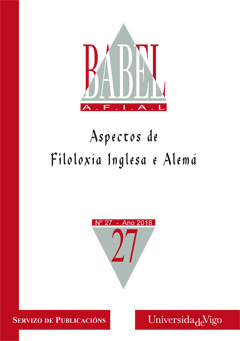Historia y tradición en la enseñanza y aprendizaje de lenguas extranjeras en Europa (VII): Edad Moderna - las lenguas nacionales.
Palabras clave:
enseñanza y aprendizaje, lenguas extranjeras, historia y tradición, Edad Moderna.Resumen
En el nuevo espacio cultural de los hombres del Renacimiento se producen dos grandes innovaciones en el ámbito de la enseñanza de lenguas extranjeras: la defensa del latín clásico y el cambio de actitud general hacia las lenguas. La primera conllevó el rechazo y el abandono del latín medieval; la segunda englobó tanto a las clásicas, como a las lenguas nacionales, más demandadas ahora ante la aparición de nuevas ocupaciones: artilleros, navegantes, ejércitos permanentes y mercenarios, mercaderes, etc. Y todo ello derivó en la reforma del sistema educativo y en una modificación significativa de la enseñanza de lenguas. Este trabajo, que continua la serie desarrollada en los números precedentes de esta revista, se dedica al estudio de las lenguas modernas de la Europa de estos años y, más concretamente, a presentar y analizar el material gramatical y lexicográfico elaborado para su enseñanza y aprendizaje como lenguas extranjeras.



